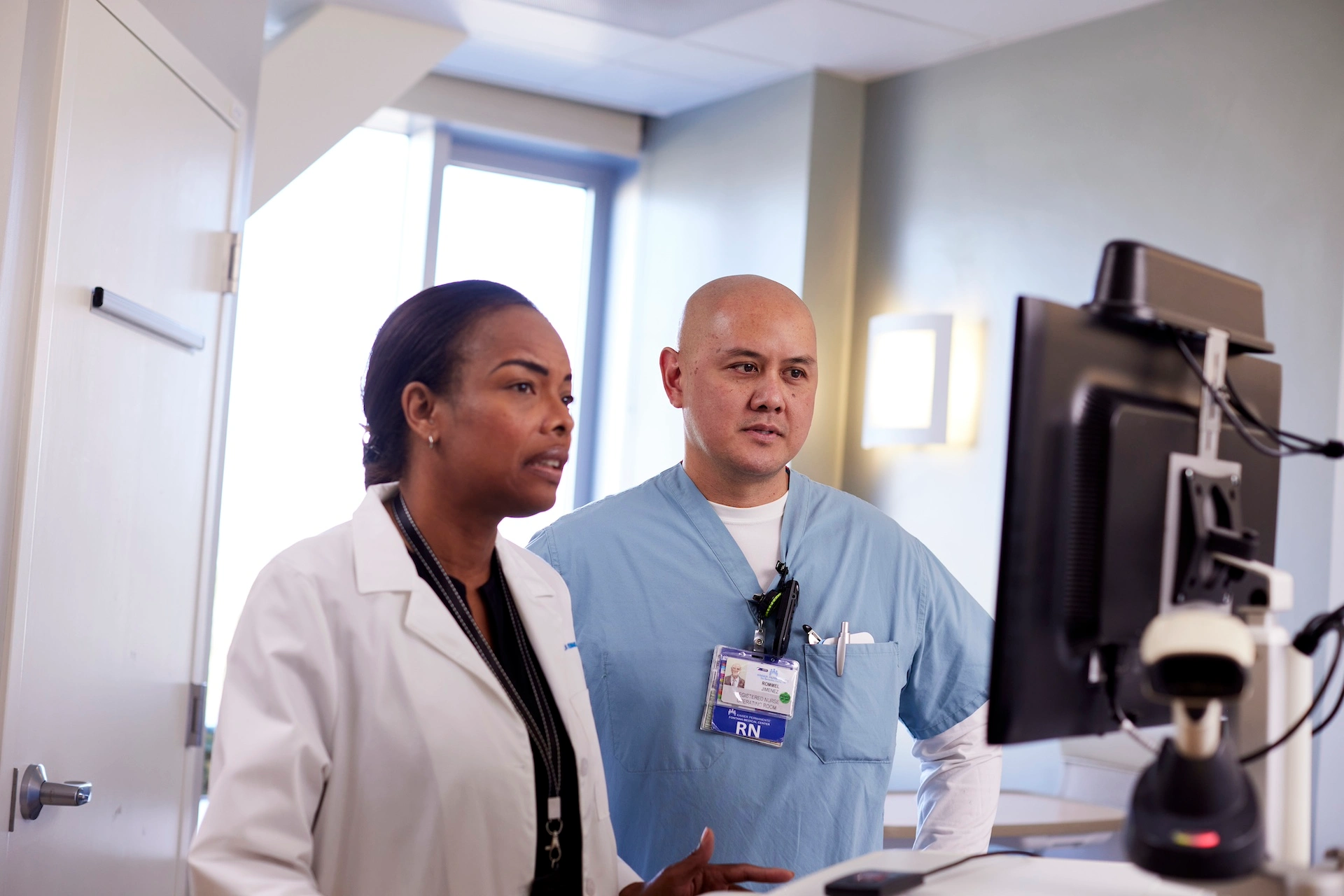Kaiser Permanente researchers develop cancer prediction model for patients with metabolic dysfunction-associated steatotic liver disease
A new clinical tool can use data input from a patient’s medical record to determine if they have metabolic dysfunction-associated steatotic liver disease (MASLD) and, if they do, predict their risk of developing liver cancer, a new Kaiser Permanente study found.

“This is the first tool of its kind and it will allow us to identify and provide additional care to our patients with MASLD who are at highest risk of developing liver cancer,” said senior author Varun Saxena, MD, MAS, an adjunct investigator with the Kaiser Permanente Division of Research and a transplant hepatologist with The Permanente Medical Group.
MASLD, formerly called non-alcoholic fatty liver disease, is a condition that can develop when too much fat builds up in the liver. The study, published in JAMA Network Open, used electronic health records to identify more than 1.8 million members of Kaiser Permanente Northern California (KPNC) who had been diagnosed with — or whose test results suggested had — MASLD. (KPNC has more than 4.6 million members.) The patients were identified between 2009 and 2018 and followed for an average of 9 years. During that time, 946 patients were diagnosed with liver cancer.
The research team ran machine learning models that used 18 risk factors to classify patients with MASLD as low, medium, or high risk of developing liver cancer. The top 10 risk factors the model identified were, in order of importance: age, diabetes, aspartate transaminase (a liver enzyme), body mass index (BMI), alanine aminotransferase (a liver enzyme), international normalized ratio (a measure of blood clotting), race and ethnicity, albumin (a blood protein), bilirubin (a measure of liver function), and sex. The clinical tool correctly identified about 78% of patients at high risk for liver cancer.

The researchers said findings from previous studies supported their decision to include race and ethnicity in the model. “Our study agrees with prior work that found liver cancer disproportionately affects people of Asian and Hispanic/Latino origin,” said lead author Luis A. Rodriguez, PhD, a research scientist at the Division of Research. “In addition, studies have identified a genetic variant, PNPLA3, that predicts the likelihood of progression to liver cancer that is found at a higher proportion in people of Hispanic/Latino descent.”
Different risk factors
There are currently no tools available to help physicians assess liver cancer risk in patients with MASLD. Scar tissue that develops in the liver, known as cirrhosis, occurs prior to liver cancer in people with alcohol use disorder or hepatitis B or C. However, studies have found that up to 40% of patients with MASLD who develop liver cancer have no signs of cirrhosis at the time of their diagnosis. In the tool the research team developed, cirrhosis ranked 11th in order of importance.
“There are very select patients who are at risk for liver cancer, and they are almost exclusively patients who have cirrhosis,” said Saxena. “This highlights how different MASLD is and how different these patients are from patients with other liver diseases that increase the risk for liver cancer.”
 Since 1980, liver cancer has been the most rapidly increasing cancer in the U.S. Chronic hepatitis B and C are currently the top risk factors for liver cancer. MASLD is expected to soon take the number one spot. This is due to an increase in the U.S. in rates of obesity, which increases risk of MASLD, as well as improvements in hepatitis prevention and treatment.
Since 1980, liver cancer has been the most rapidly increasing cancer in the U.S. Chronic hepatitis B and C are currently the top risk factors for liver cancer. MASLD is expected to soon take the number one spot. This is due to an increase in the U.S. in rates of obesity, which increases risk of MASLD, as well as improvements in hepatitis prevention and treatment.
“Everyone knows age is associated with cancer, but the connection between MASLD and liver cancer highlights the risks associated with diabetes and BMI,” said Saxena. “This is more evidence that people with metabolic syndrome are at increased risk for cancer. It also tells us that how these patients progress to liver cancer is different.”
At KPNC, all patients who are at high risk for liver cancer take part in a liver cancer screening program. These patients have an ultrasound and blood test every 6 months, to ensure a cancer is found as early as possible. “For patients with MASLD, if you wait until they develop cirrhosis, you are going to miss many people who should already be in a screening program,” said Saxena. “But there are too many people with MASLD to screen everyone this often, so it’s important to be able to know which people are at high risk, which is what our new prediction tool can do.”
KPNC intends to begin using the tool later this year to identify patients with MASLD who are at the highest risk for liver cancer. “This will allow us to identify those patients who are high risk, let their physicians know about their high-risk patients, and have them talk to them about why they should be in our liver cancer surveillance program,” said Rodriguez.
The study was funded by the Kaiser Permanente Northern California Community Health Research Program and The Permanente Medical Group Delivery Science and Applied Research Program.
Co-authors include Julie A. Schmittdiel, PhD, Liyan Liu, MS, and Theodore R. Levin, MD, of the Division of Research; and Brock A. Macdonald, MD; Sreepriya Balasubramanian, MD, Krisna P. Chai, MD, and Suk I. Seo, MD, of The Permanente Medical Group.
# # #
About the Kaiser Permanente Division of Research
The Kaiser Permanente Division of Research conducts, publishes and disseminates epidemiologic and health services research to improve the health and medical care of Kaiser Permanente members and society at large. It seeks to understand the determinants of illness and well-being, and to improve the quality and cost-effectiveness of health care. Currently, DOR’s 600-plus staff is working on more than 450 epidemiological and health services research projects. For more information, visit divisionofresearch.kaiserpermanente.org or follow us @KPDOR.





Comments (0)